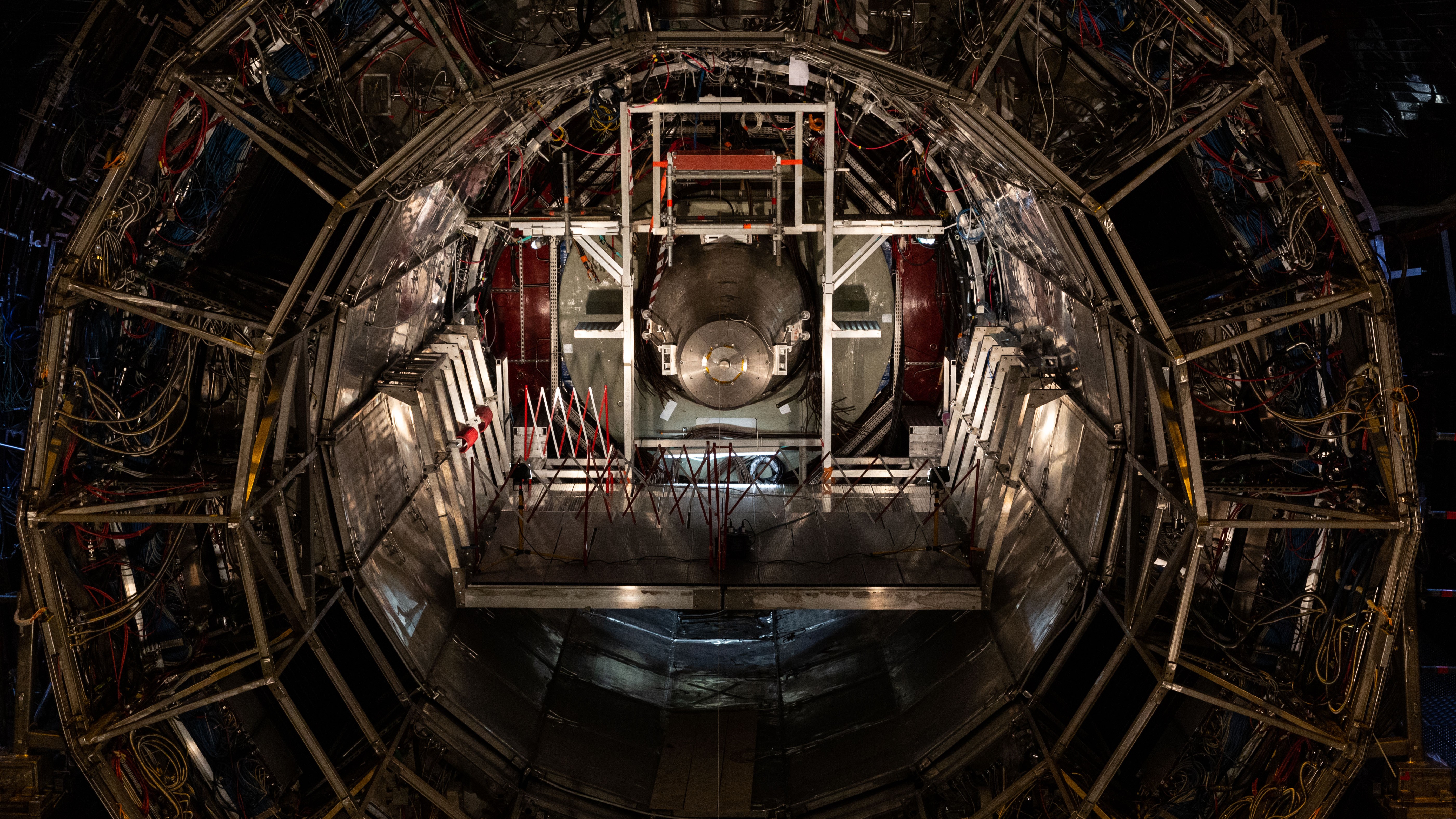Migraines and blood sugar issues share common genetic risk factors
A large genomic analysis suggests migraines and blood sugar-related conditions have a shared genetic basis.

For someone prone to migraines, a missed meal could be a fast-track to an attack. Out-of-balance blood sugar is a well-established trigger for migraines and other types of headaches. Now, a new study adds genetic evidence to back up the connection and could potentially inform future strategies for treating migraines.
By analyzing genomic data from tens of thousands of people, researchers have identified genetic links between migraines and problems with blood sugar regulation. Their findings hint at a shared genetic basis for the conditions, and also point to new migraine-related genes for further study, the team reports in a paper published Feb. 20 in the journal Human Genetics.
Migraines affect almost 15% of people worldwide and are three times more common in women than in men, according to the World Health Organization. They can be set off by many different triggers, such as hormonal fluctuations, lack of sleep and even certain foods. But researchers still don't fully understand why some people are prone to frequent migraines. Some scientists are sifting through the genome for clues, hunting for genetic risk factors and links to other medical conditions.
"Discovering concrete links to other potential facets of the disease — in this case blood sugar regulation — can help to further advance our understanding of migraine," said Dr. Leon Moskatel, a headache specialist at Stanford University School of Medicine who wasn't involved in the work. The work raises questions about whether future treatments for migraine could work by somehow targeting blood sugar, he told Live Science in an email.
Related: What is normal blood sugar?
The analysis includes genetic data from more than 100,000 migraine patients and 84,000 patients with headaches, more generally, compiled from several previous studies. It also pulls in data on genome regions that have previously been related to different aspects of blood sugar regulation; these included genes linked to people's average blood sugar levels, their blood sugar and insulin levels after fasting, and their rates of type 1 diabetes.
By comparing those datasets, the team identified regions of the genome that appear to affect both blood sugar regulation and migraine risk.
Sign up for the Live Science daily newsletter now
Get the world’s most fascinating discoveries delivered straight to your inbox.
One blood sugar measure that stood out was fasting proinsulin, which was actually linked to a reduced risk of migraine, said study coauthor Rafiqul Islam, a graduate student in the lab of Dale Nyholt at Queensland University of Technology in Australia. Proinsulin is the chemical precursor to insulin, a hormone that lowers blood sugar levels; "fasting proinsulin" refers to the amount of proinsulin in the blood after a period without food.
Having higher levels of fasting proinsulin is associated with insulin resistance in type 2 diabetes, one study found, and it may reflect dysfunction in the cells responsible for making insulin in the body, another found. But higher levels of fasting proinsulin might also protect against migraines and other headaches, Islam's genetic analysis suggested. The finding seems to align with some previous studies suggesting people with type 2 diabetes have a reduced risk of migraine attacks, but much more research is needed to confirm this link.
The team also identified a number of gene variants that hadn't previously been associated with migraines or blood sugar, so their relationship to the disorders remain unclear. Learning more about these genes is a target for future research, Islam told Live Science. "If we can identify the function of these genes, we could develop new strategies for treatment," he said.
Future research could add more nuance by looking at people from non-European backgrounds, since the current study exclusively included people of European descent, Moskatel suggested. Plus, migraines come in different types — both with and without "aura" — and there could be different underlying processes driving them. (An aura describes neurological symptoms that arise before and sometimes during a migraine, such as visual hallucinations or physical sensations like numbness.)
"Having that differentiation in future studies could be illuminating," he said.

Laurel Hamers is a writer specializing in science, medicine and the environment. Now based in Oregon, she was previously a staff writer at Science News magazine in Washington, D.C. Laurel holds a bachelor's degree in biology from Williams College in Massachusetts and is a graduate of the UC Santa Cruz Science Communication Program.









